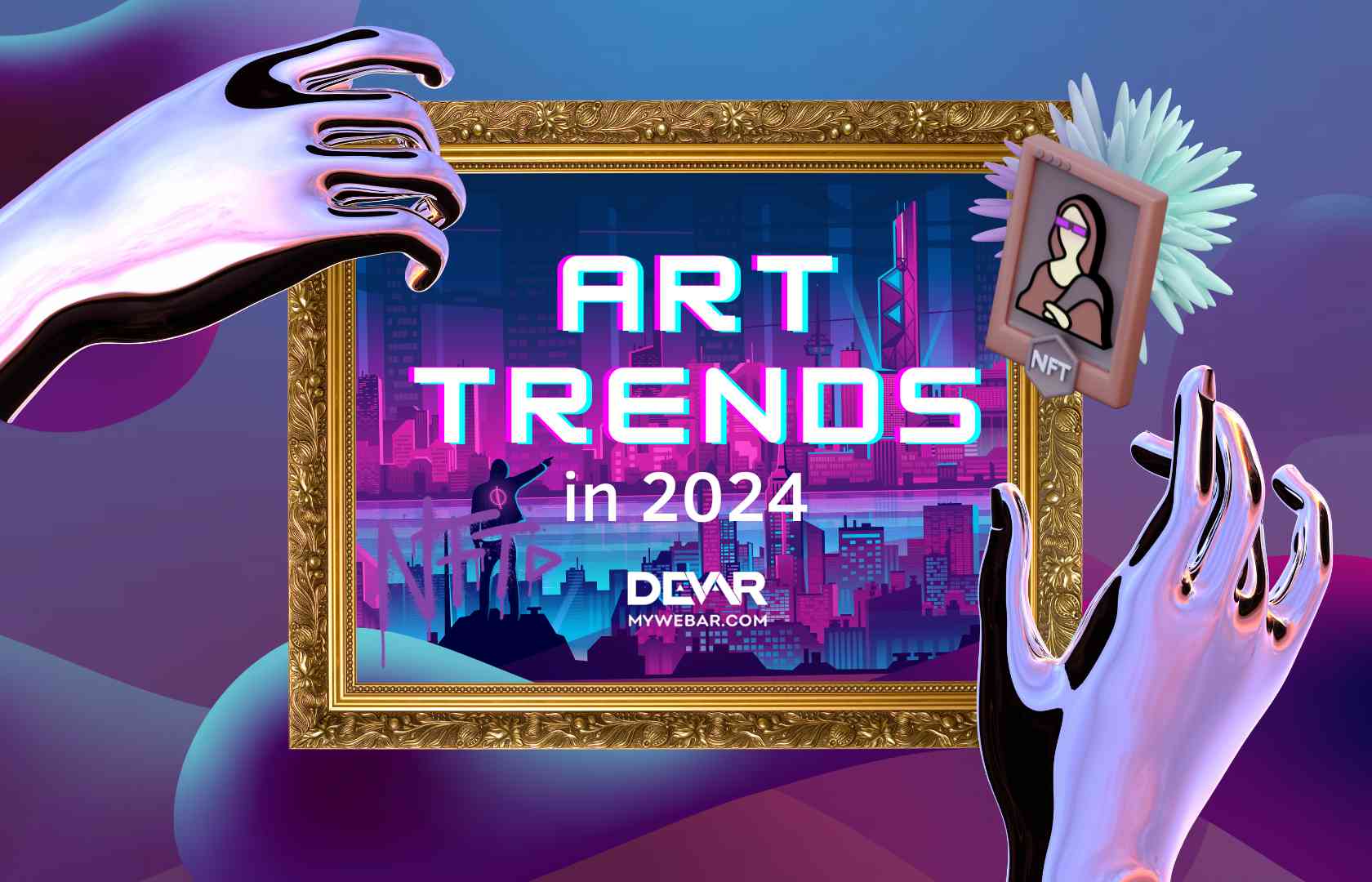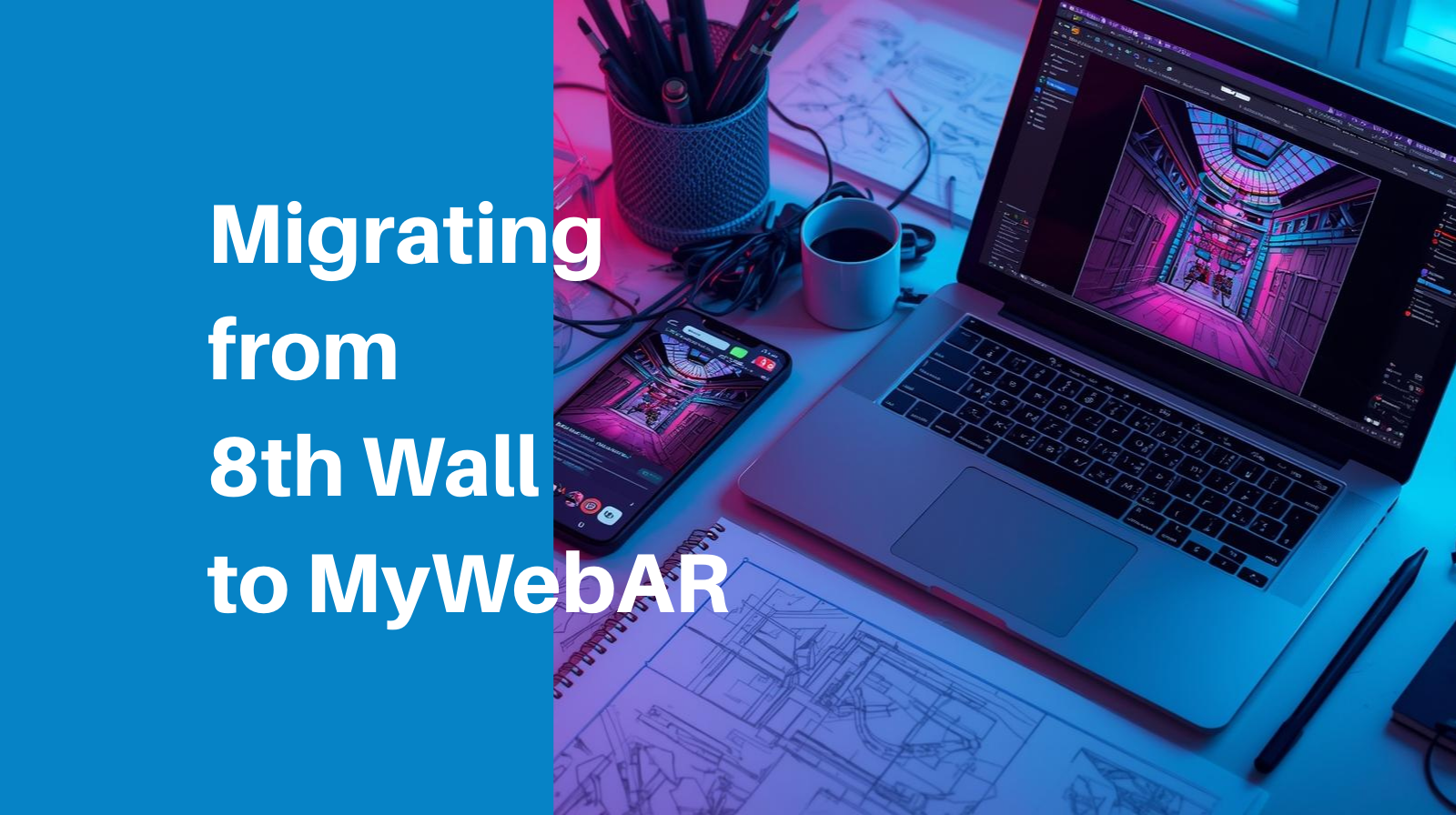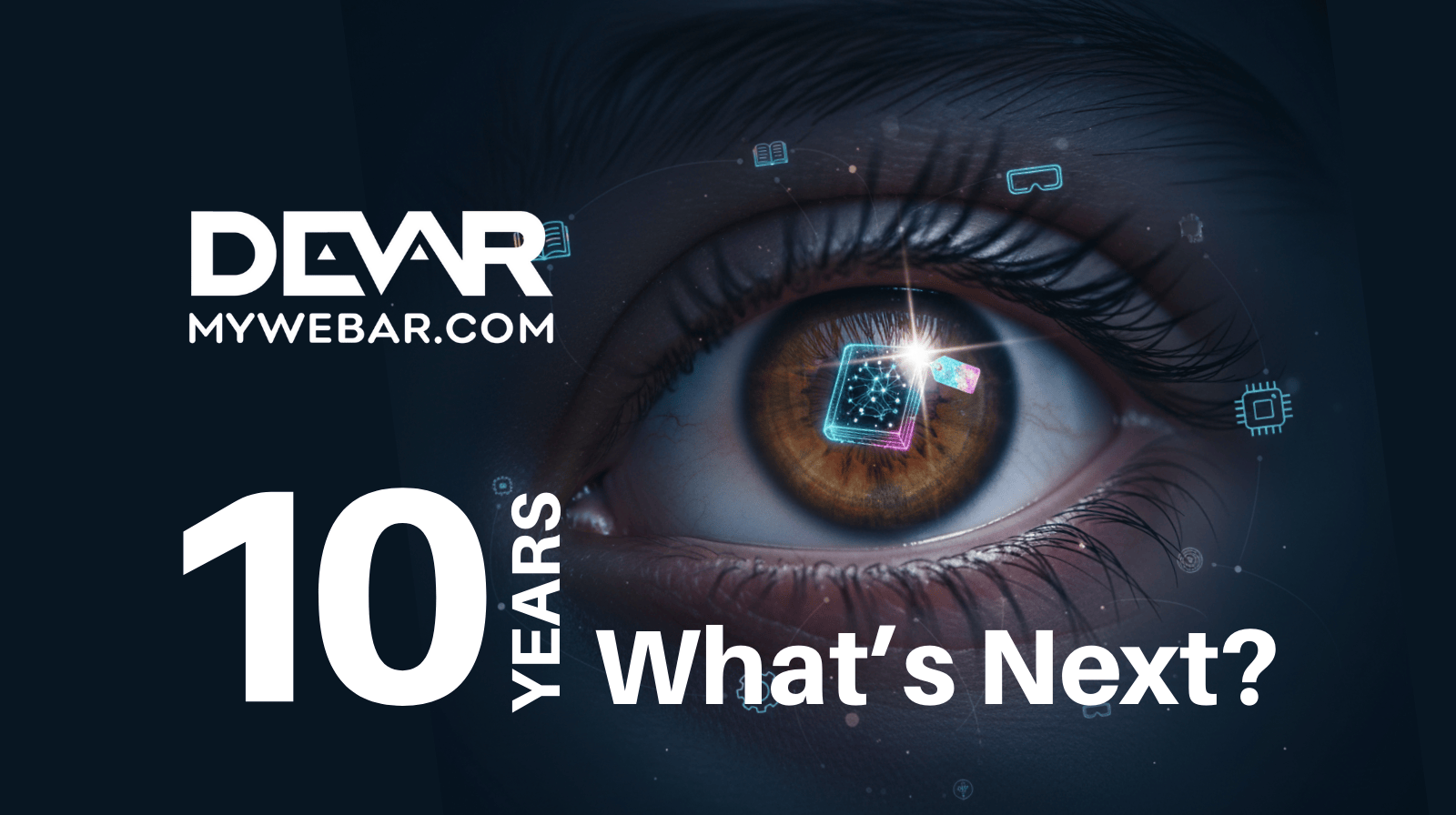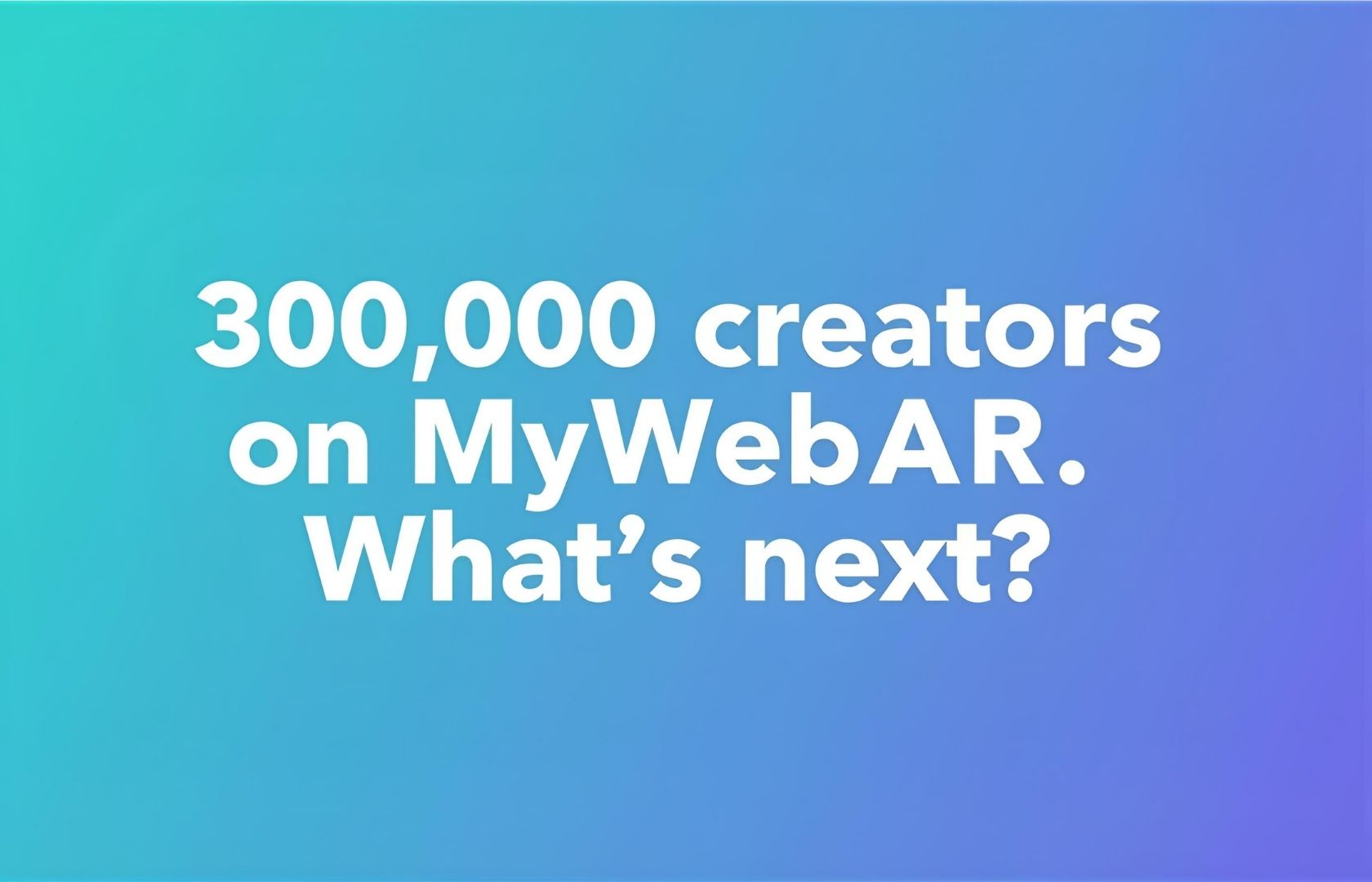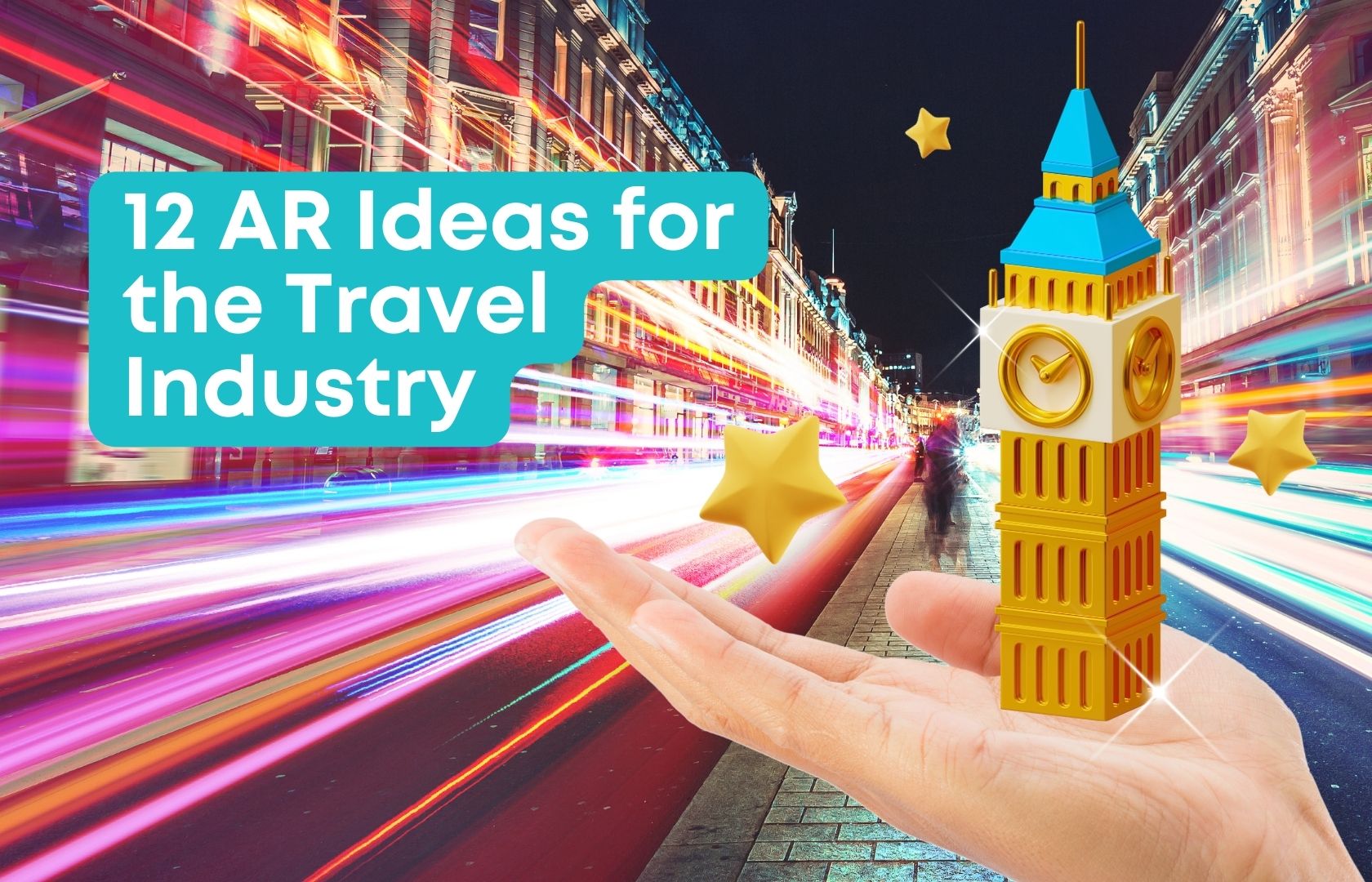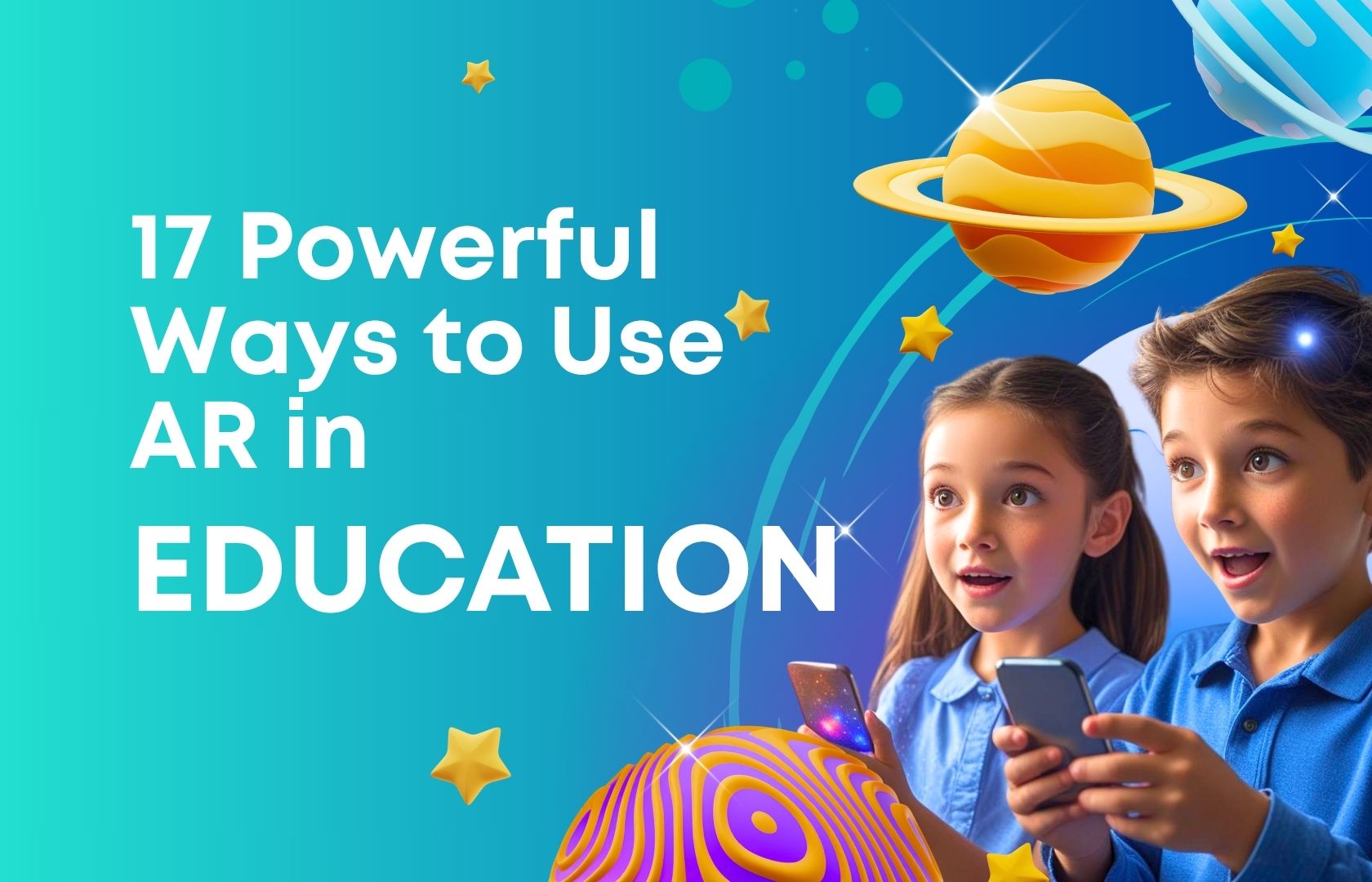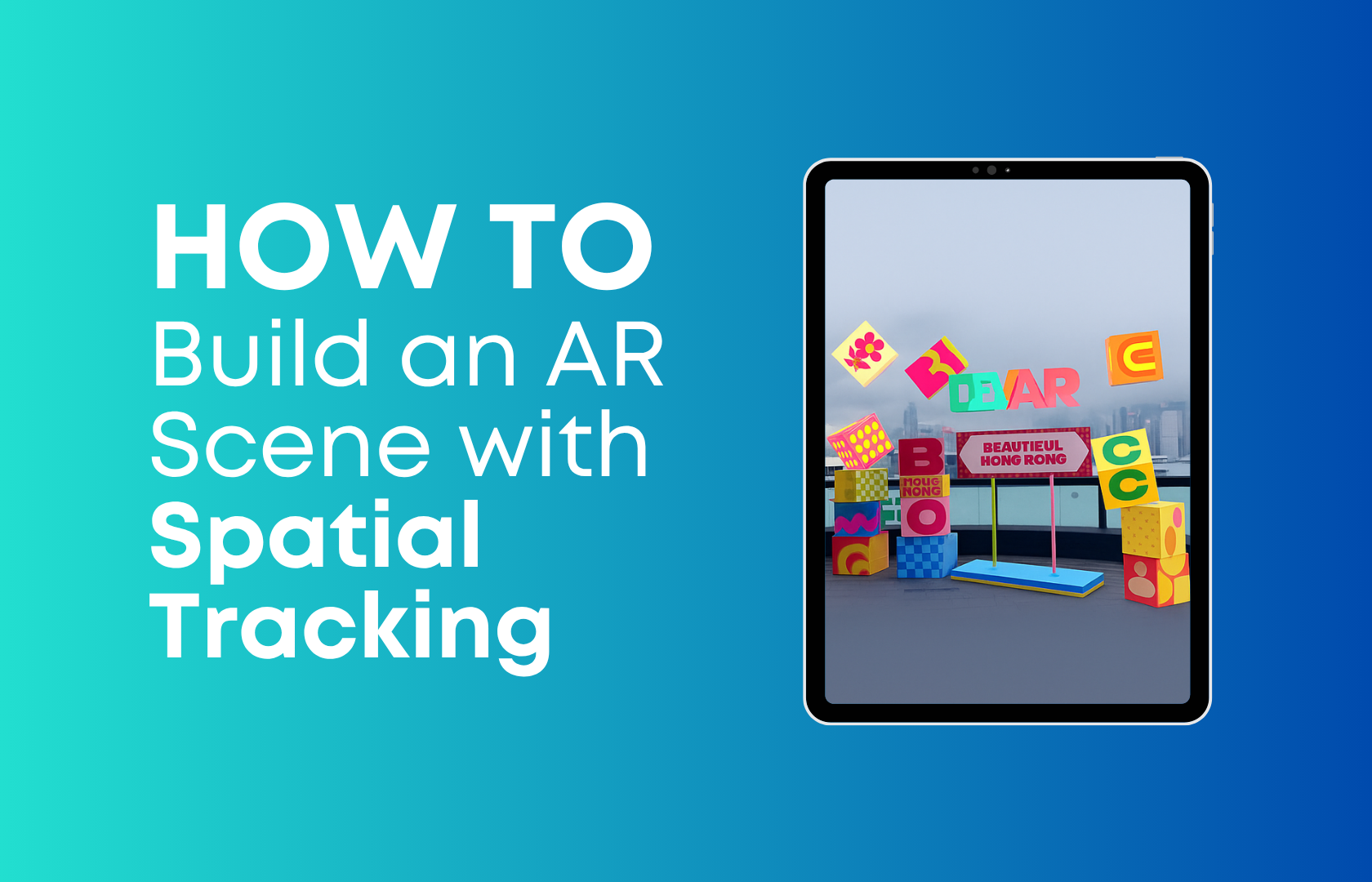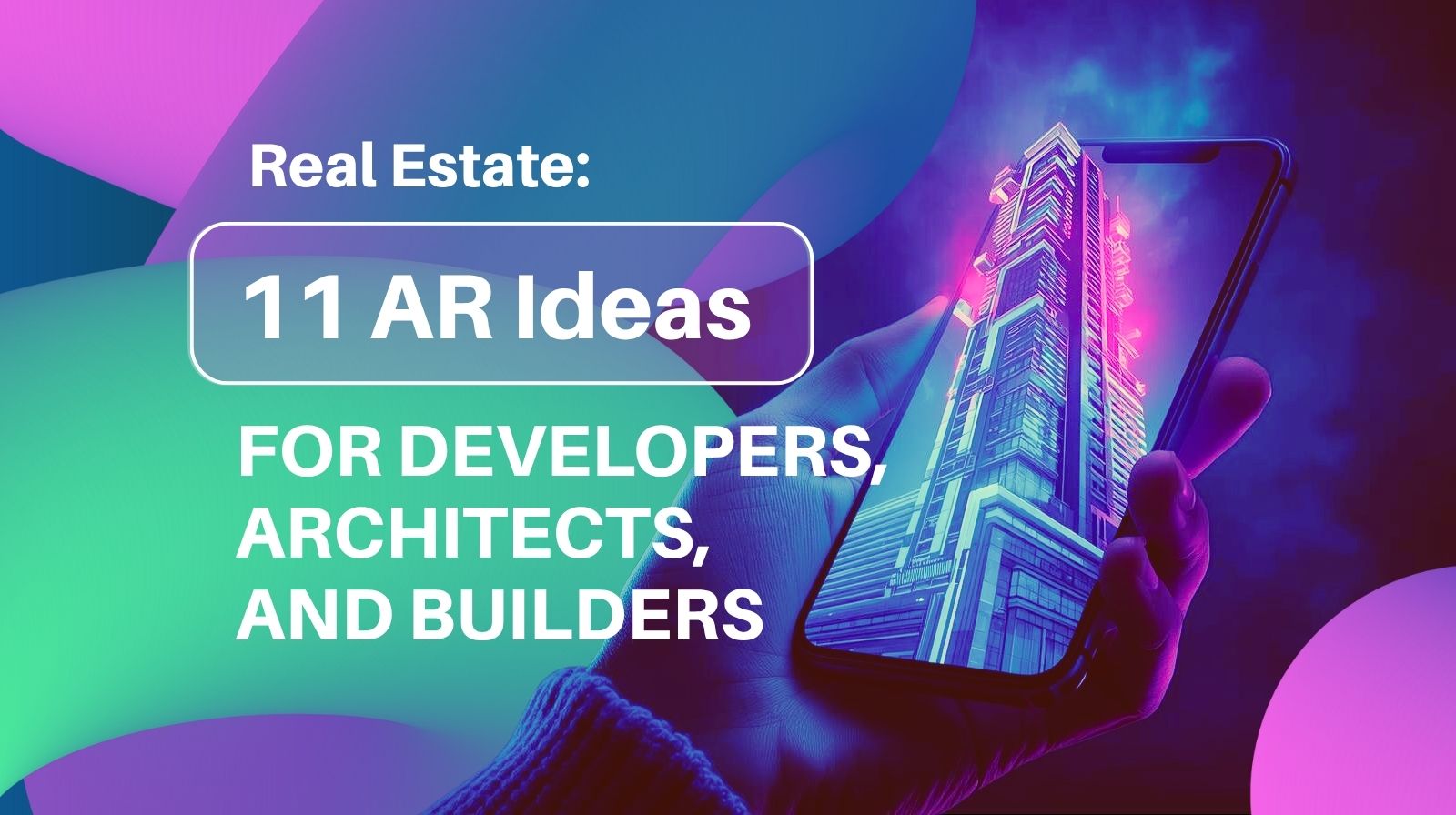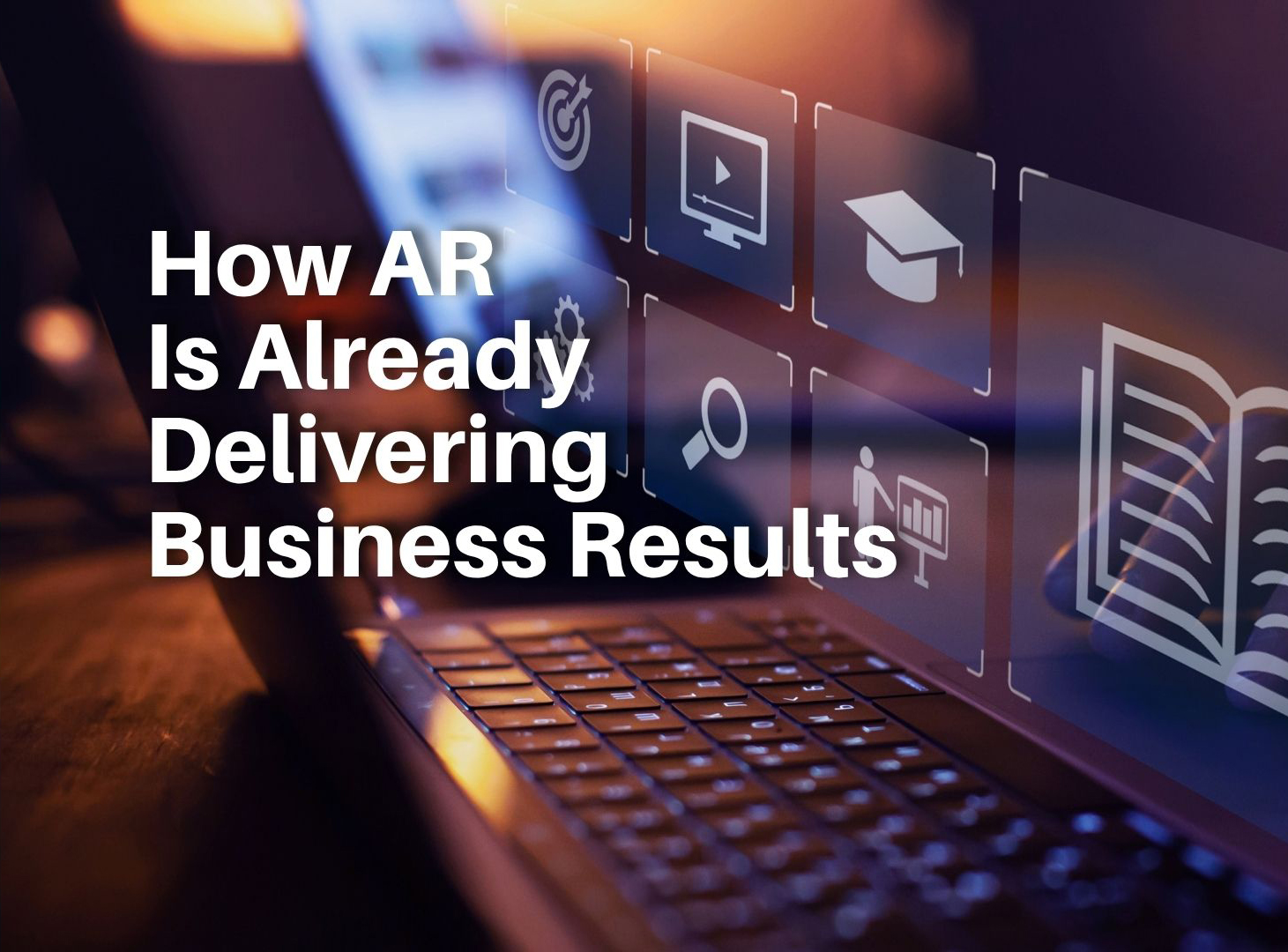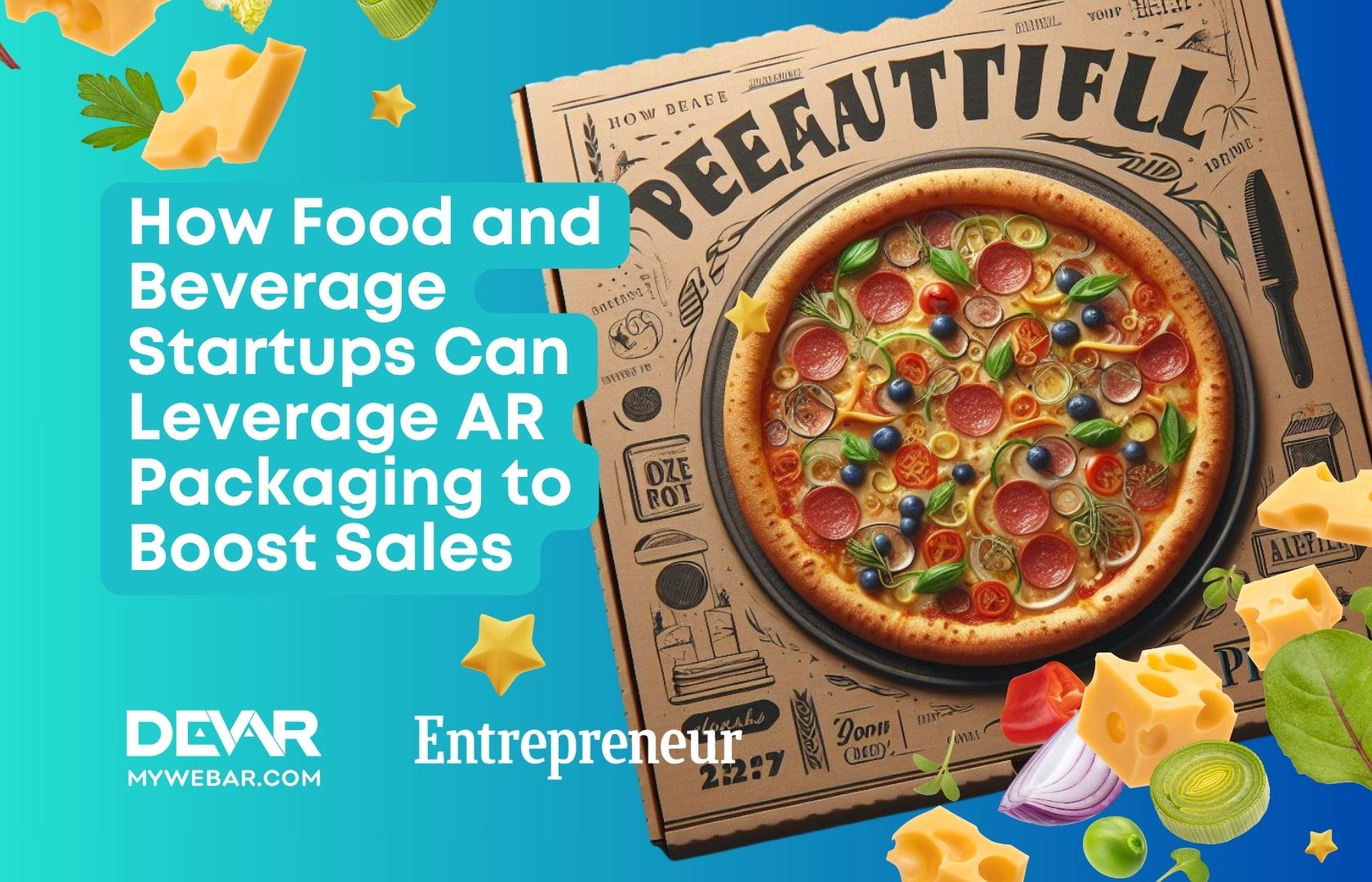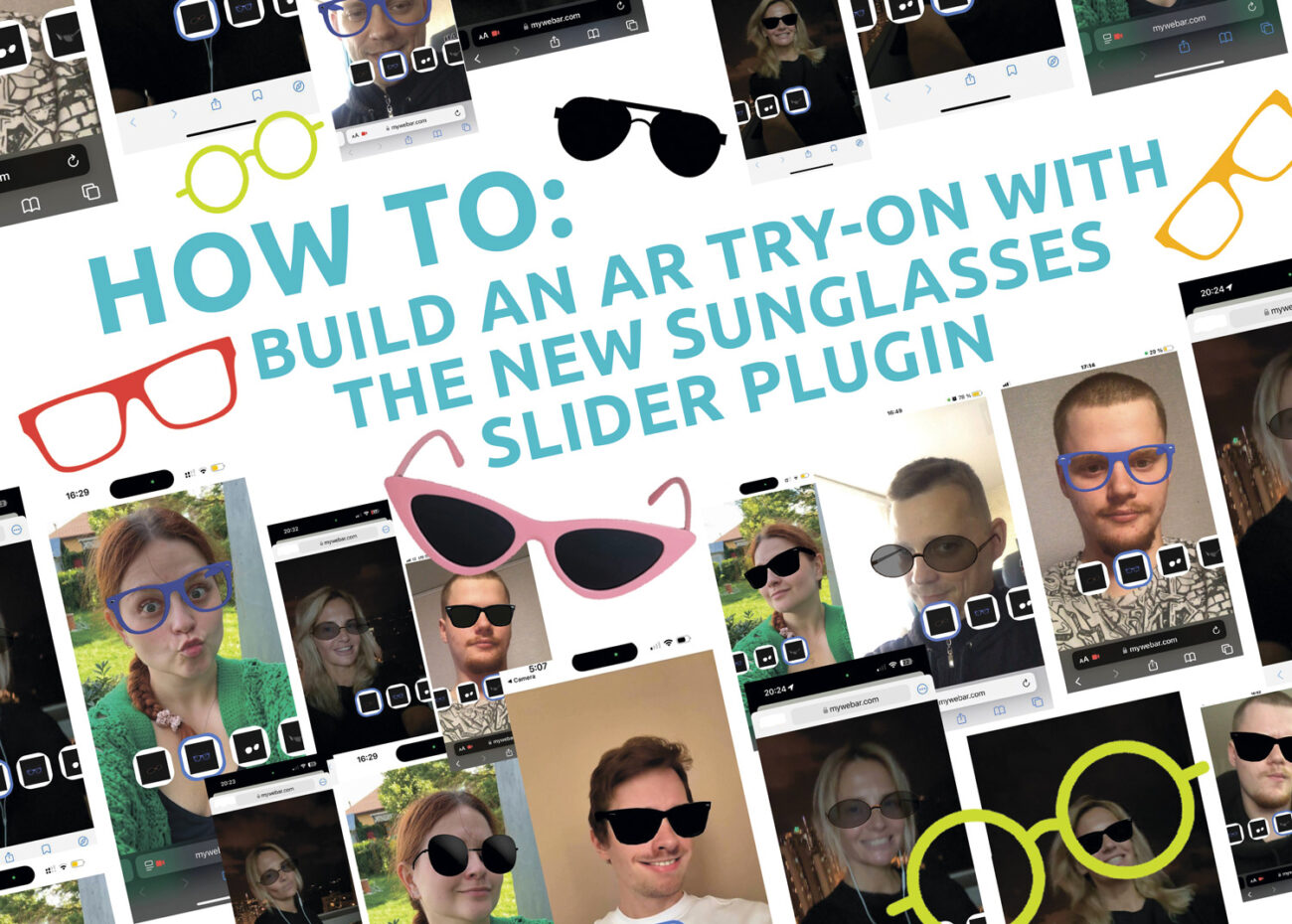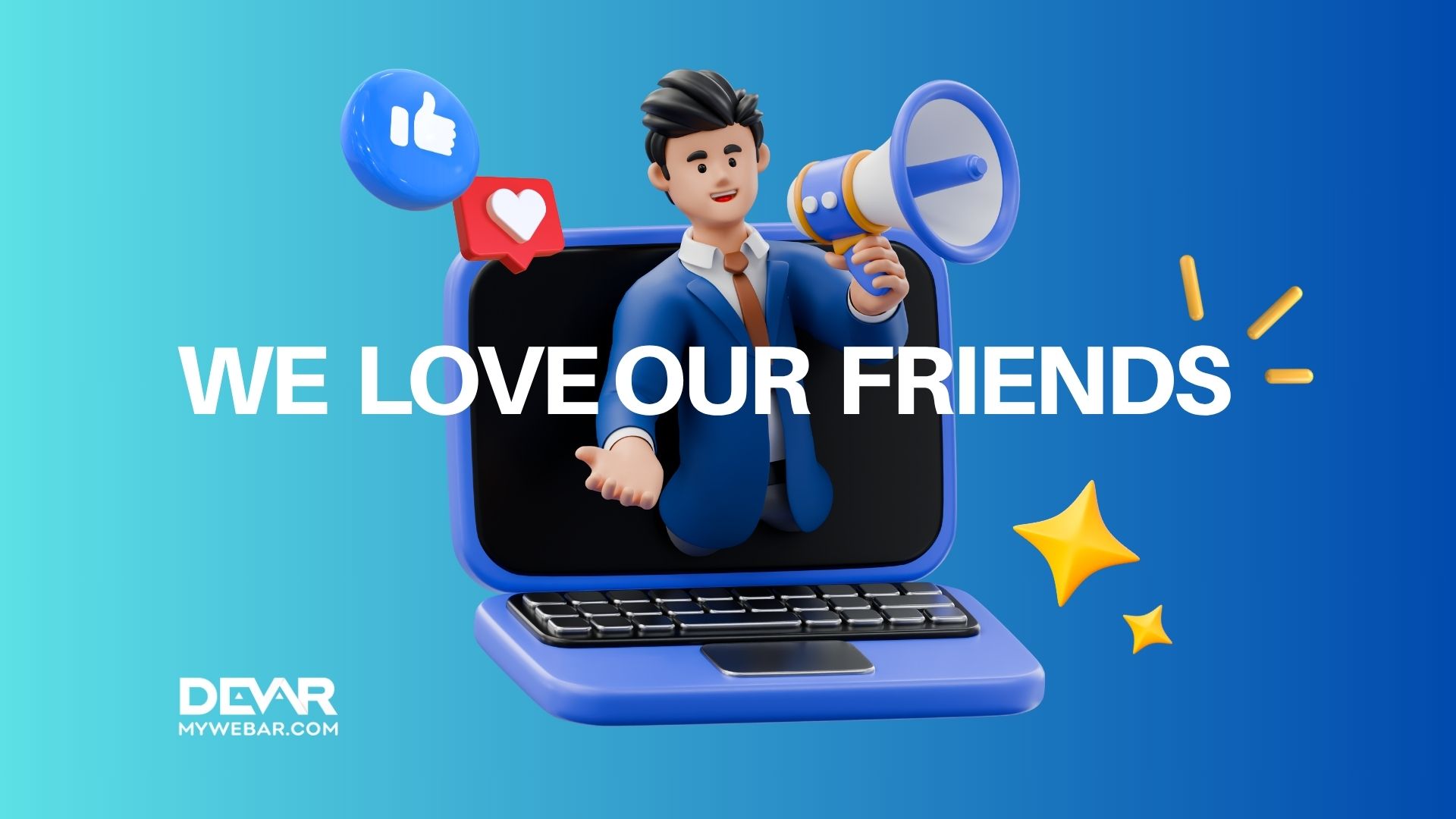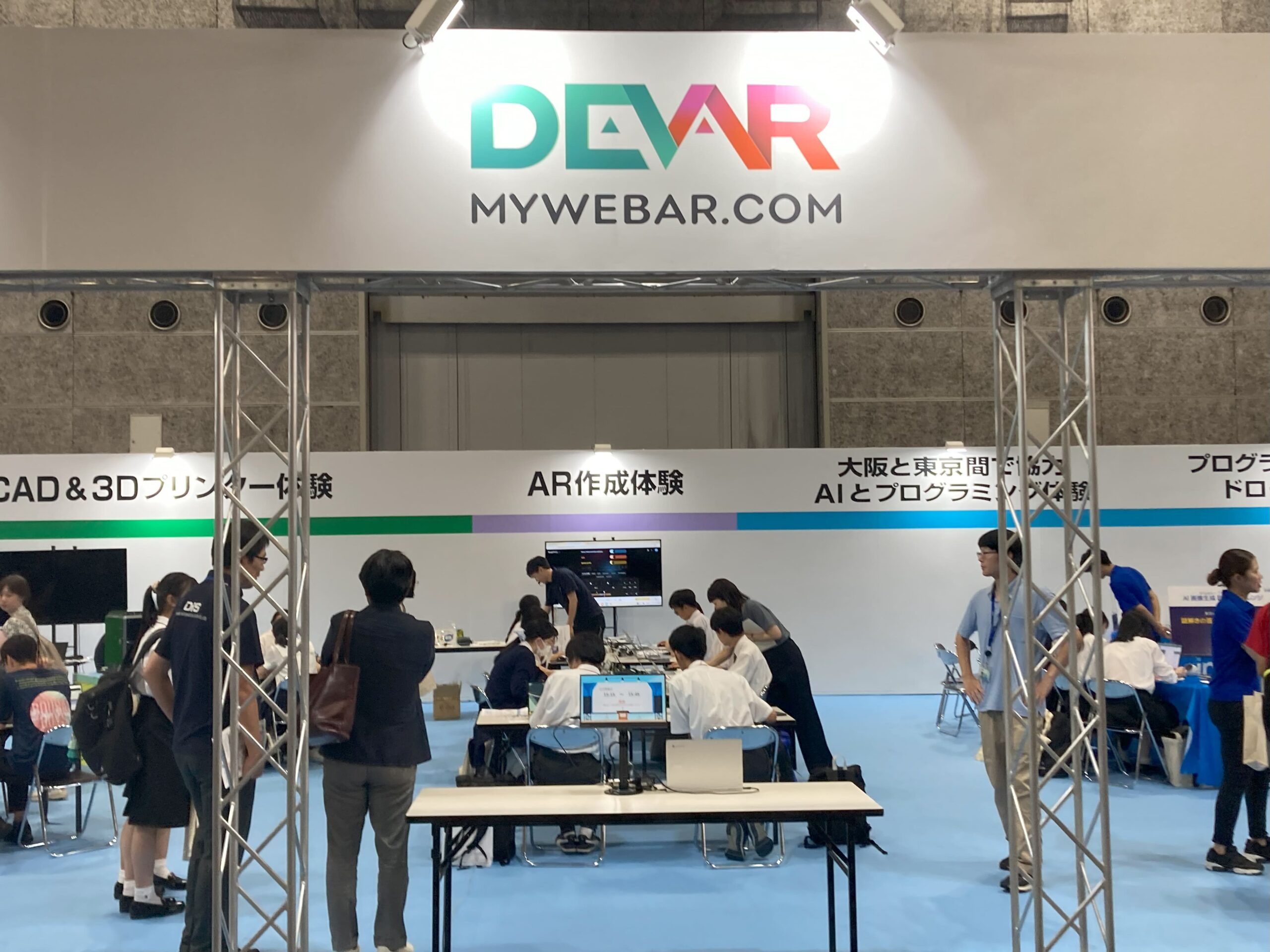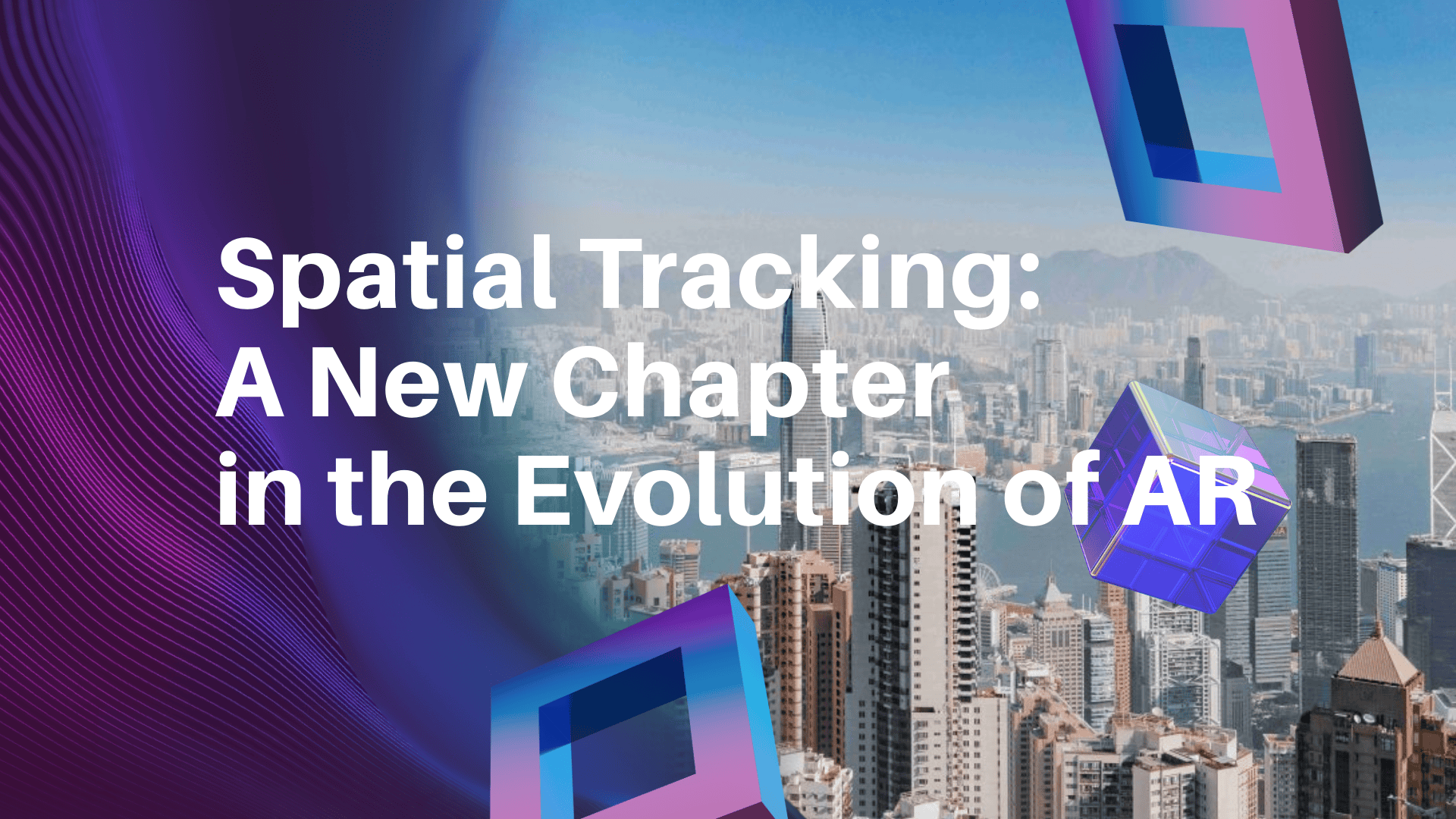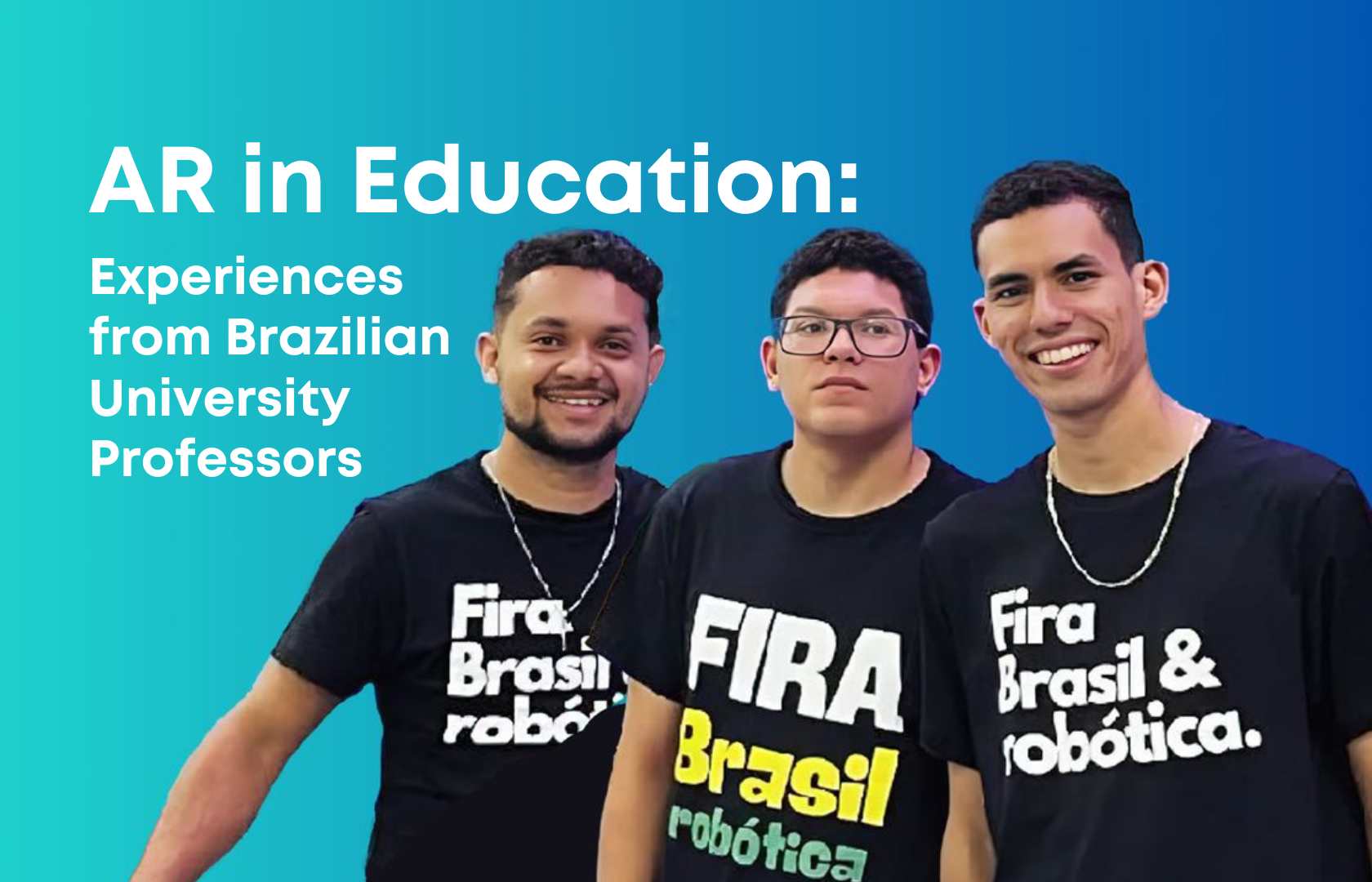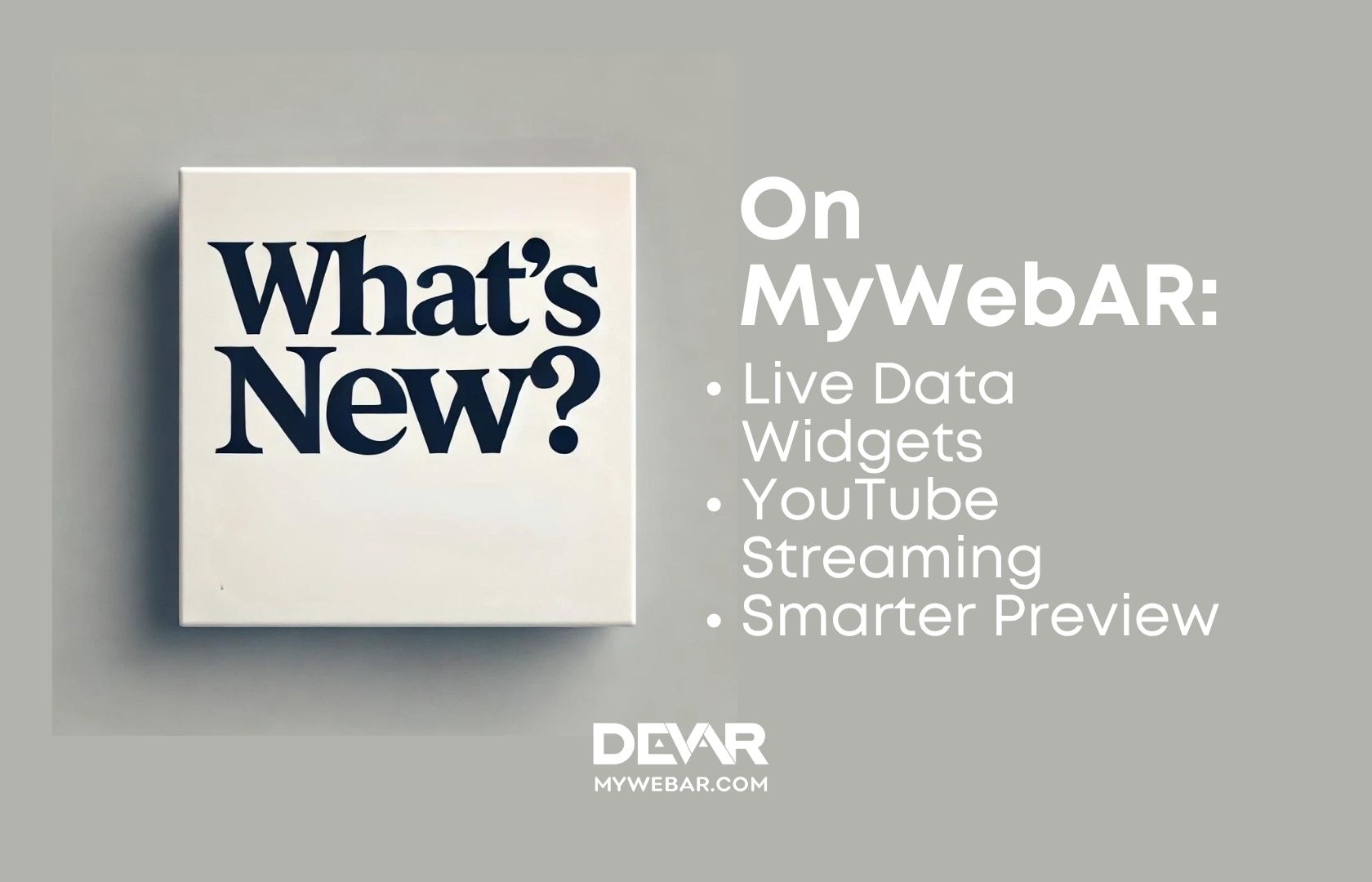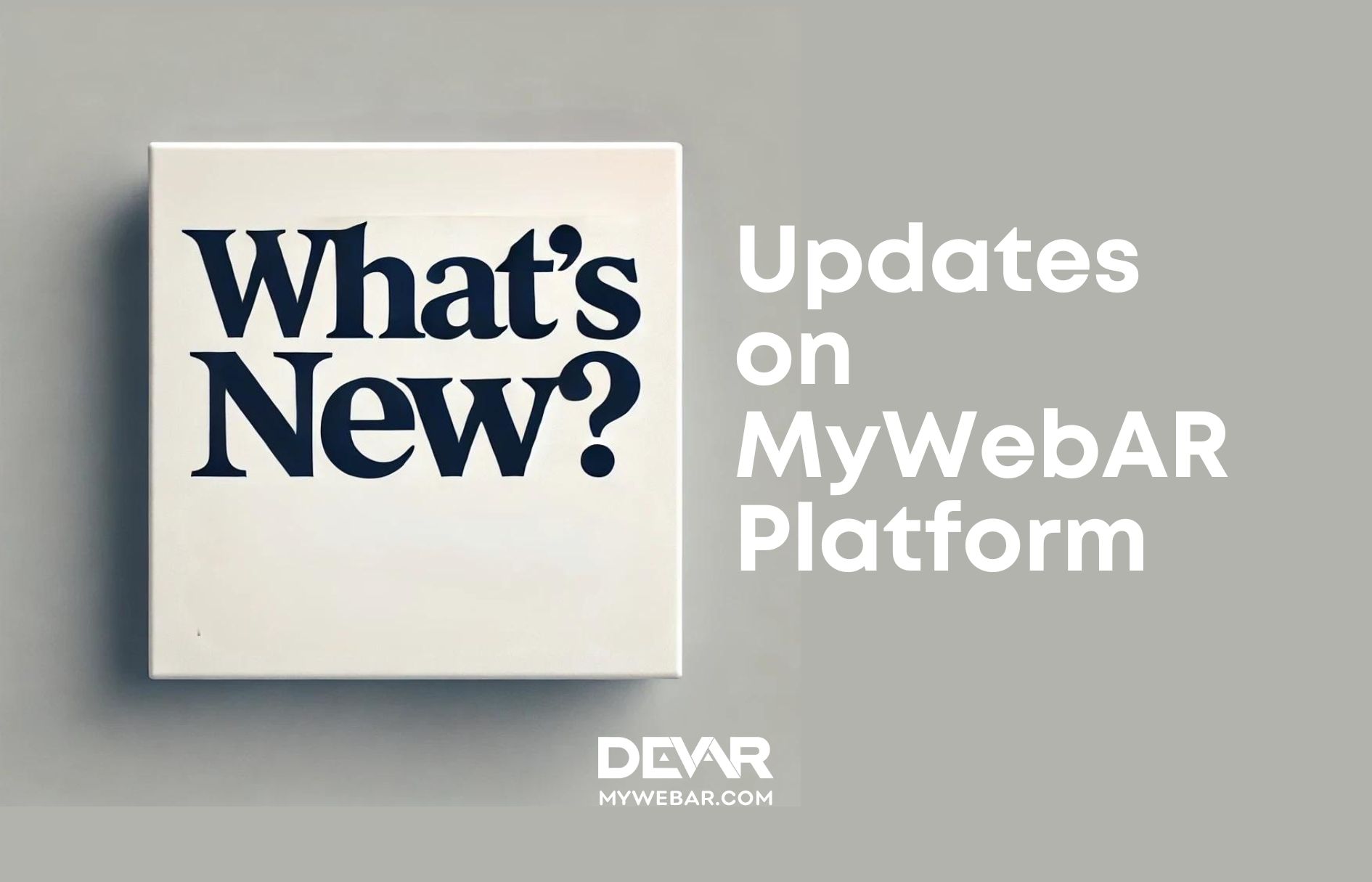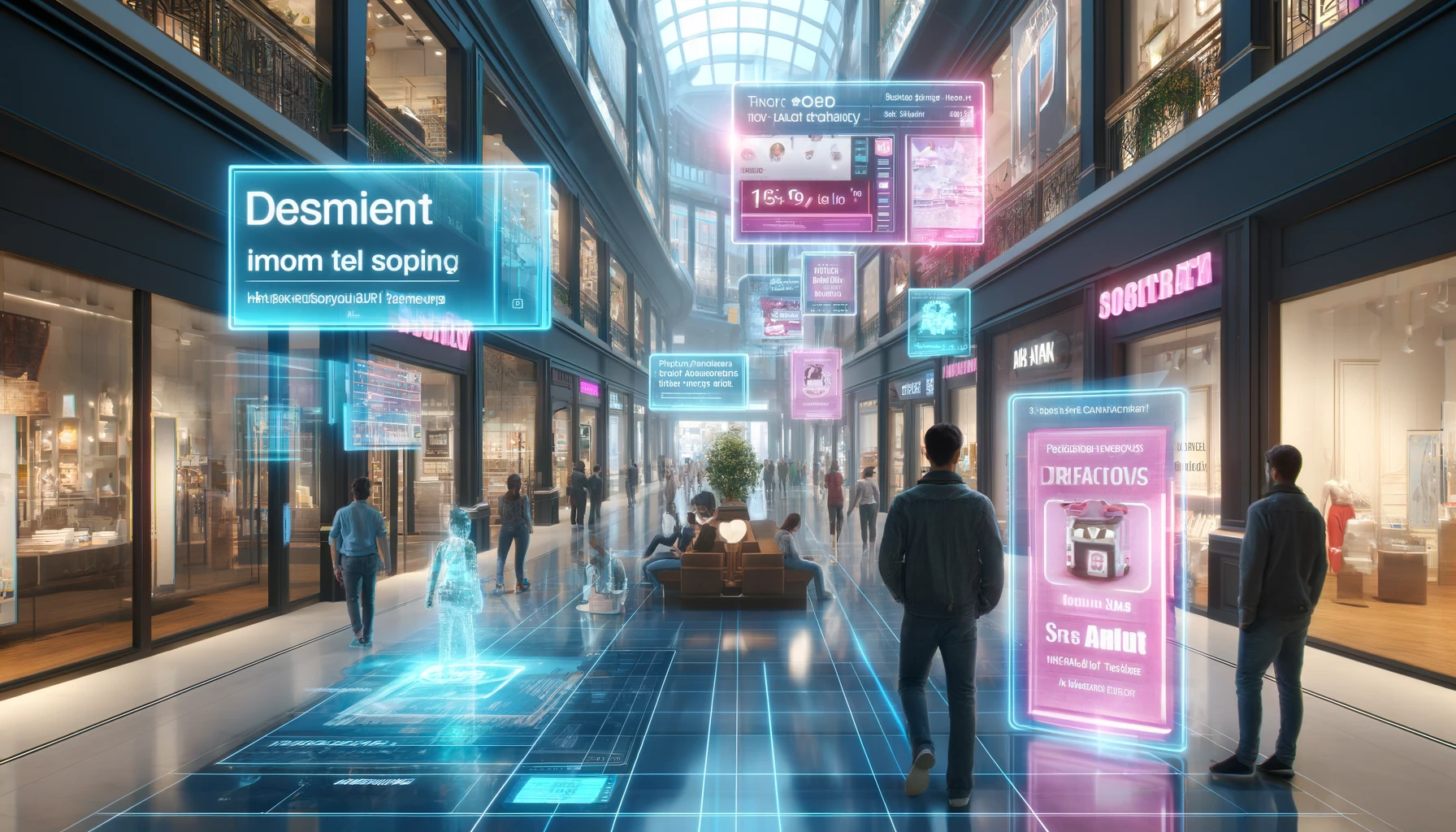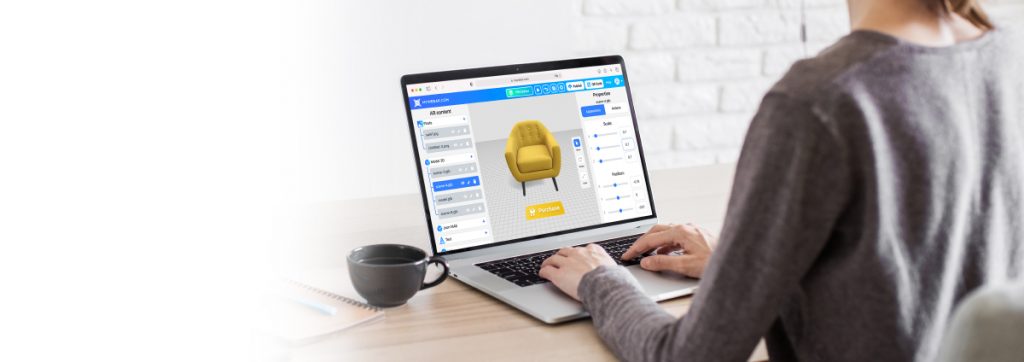As we approach 2024, the art world stands at the precipice of a new era marked by groundbreaking technological advancements. Two transformative trends that are set to redefine the artistic landscape are augmented reality (AR) and artificial intelligence (AI). This article aims to explore these trends and shed light on their potential impact on the world of art in the upcoming year.
In a world where each forward step towards progress unveils new possibilities for creativity, the art of 2024 holds the promise of an extraordinary voyage into unexplored realms of human imagination. Just like an astronaut venturing onto an unknown planet, contemporary artists are prepared to leave an indelible impression on the sands of time, painting a vibrant future that blends innovation and tradition.
Local Art and Culture
In the era of globalization and standardization, artists are turning more towards their local culture and traditions in their works. They explore their roots and history, using them as a source of inspiration and expressing their unique identity.
Ecological Ballad
The concern for the planet is evolving from a mere trend to a heartfelt outcry. Ecological art is emerging as a beacon of hope, leading humanity through the tumultuous storm of climate change.
Sustainable Art
In light of growing awareness of humanity’s impact on the environment, artists are striving to create environmentally sustainable artworks and use sustainable materials. This may creating art with minimal carbon footprint, or harnessing natural energy sources to power interactive installations.
Recycled Materials
One notable aspect of this movement is the transformation of recycled materials into stunning works of art. Artists are demonstrating that what may be considered waste by one person can be transformed into a treasure by another. This highlights the potential for creative use and the importance of minimizing our impact on the environment.
Natural in Art
Another significant element is the resurgence of using natural pigments and materials in art. Just as vinyl has made a comeback in fashion, the use of natural dyes and materials is experiencing a revival. This represents a “green” revolution in the art world, where each brushstroke becomes a profound connection to the Earth, reminding us of our interconnectedness with nature.
Through these artistic expressions, ecological art not only raises awareness about environmental issues but also inspires individuals to reevaluate their relationship with the planet. It encourages us to consider the potential beauty and value that lie within sustainable practices and the preservation of our natural resources.
Not Letters, but Symbols
Symbols such as “Fragile,” “Hand wash only,” and emojis, which seem to have been derived from clothing labels or an extended keyboard, share a common feature. In the near future, these symbols will go beyond replacing a few letters and may even replace entire words, transforming the way we communicate.
This shift towards using symbols instead of traditional graphemes represents a broader trend in communication and language. As our digital landscape evolves, so does our means of expression. Symbols have the power to convey emotions, concepts, and ideas in a concise and universally understandable way.
The use of symbols transcends language barriers, making them a powerful tool for global communication. Emojis, for example, have become a language of their own, with individuals from different cultures and languages using them to express emotions and add depth to their messages. They have become an integral part of online conversations, social media interactions, and even professional communication.
Moreover, symbols can convey complex meanings with just a single image. They can evoke nostalgia, convey warnings, or provide instructions without the need for lengthy explanations. For instance, the symbol “fragile” instantly communicates the need for careful handling, while the symbol for “hand wash only” indicates specific care instructions for a garment.
In the upcoming year and beyond, we can expect to see an increasing use of symbols in various forms of communication. Whether it’s in advertising, user interfaces, or everyday conversations, symbols offer a concise and visually impactful way to convey information and evoke emotions. They have the potential to enhance our communication experiences and bridge cultural and linguistic gaps.
Technological Renaissance
Digital art is the new black. It makes us argue, experience, wonder, admire, and genuinely rebel. But does it leave us indifferent? No, sir. What everyone expected to be least emotional has stirred and overturned the life and worldview of each person. Is this not the main power of art?
Multidisciplinary Art
Artists are increasingly breaking down the boundaries between different disciplines and creating works that combine art, science, technology, and other fields. Such works may incorporate elements of painting, sculpture, audiovisual effects, and interactive technologies, creating new and unique artistic forms.
Recently, we have already been talking about phygital art and its possibilities. And in the future, we are confident that it will become even more exciting!
Digital Art Objects
With the advancement of technology and virtual reality, digital art objects are becoming increasingly popular. Artists are experimenting with creating virtual installations, interactive artworks, and digital sculptures. This allows them to push the boundaries of traditional art and create unique visual and virtual experiences for viewers.
Augmented Reality in Art
Augmented reality has gained significant traction in recent years, enabling artists to create immersive and interactive experiences for viewers. Artists are utilizing AR technology to enhance traditional art forms, creating immersive and interactive experiences for viewers.
Through the use of mobile devices or specialized headsets, AR allows artists to overlay digital elements onto the physical world, blurring the boundaries between reality and imagination. This opens up new possibilities for storytelling, visual experimentation, and audience engagement.
By overlaying digital elements onto the physical world, AR blurs the line between reality and imagination. In 2024, we can expect to witness a surge in AR-powered art installations, exhibitions, and performances. Viewers will be able to engage with artworks in unprecedented ways, as they become active participants, influencing and shaping the artistic narrative.
AI as a Creative Tool
Artificial intelligence is revolutionizing various industries, and art is no exception. Artists are harnessing the power of AI algorithms to generate unique and thought-provoking artworks.
AI can analyze vast amounts of data, learn patterns, and produce original compositions, paintings, or sculptures. It serves as a collaborator or muse, offering new perspectives and pushing the boundaries of creativity. However, debates around the role of AI in art and the relationship between human and machine creativity continue to emerge.
In 2024, we can anticipate an upsurge in AI-assisted art creation, where artists collaborate with intelligent machines to produce thought-provoking and innovative artworks. AI’s ability to learn and adapt offers artists new avenues for experimentation, enabling them to explore unconventional styles and techniques.
The Fusion of AR and AI: A New Artistic Frontier
The convergence of AR and AI technologies holds immense promise for the art world. The integration of AR and AI in art has the potential to redefine how audiences experience and engage with artworks. Viewers can actively participate in the creative process, becoming co-creators or collaborators. They can explore virtual art galleries, interact with animated sculptures, or witness dynamic paintings that evolve over time.
This shift from passive observation to active engagement fosters a deeper connection between the artwork and the viewer, transcending traditional boundaries.
In 2024, we can envision AI-powered AR experiences that adapt in real-time based on viewer interactions, environmental cues, or even emotional responses. This fusion opens up a realm of possibilities for interactive storytelling, personalized art encounters, and multisensory installations.
Ethical Considerations
As with any emerging technology, ethical considerations come to the forefront. It is crucial to address the ethical implications that accompany their integration into the art world. Artists and creators must grapple with questions of privacy, consent, data security, and the potential biases embedded within AI algorithms.
Striking a balance between technological innovation and responsible use is crucial to ensure that these advancements in art remain ethical, inclusive, and respectful. Artists, technologists, and policymakers need to work together to ensure responsible and inclusive artistic practices that prioritize transparency and respect the rights and dignity of individuals.
A New Era of Digital Art
As we enter 2024, the art world finds itself on the cusp of a technological revolution. Augmented reality and artificial intelligence are poised to transform the way art is created, experienced, and appreciated.
The fusion of AR and AI opens up new horizons for artistic exploration, audience engagement, and creative expression. However, it is imperative that we navigate this intersection with a vigilant eye on ethical considerations, ensuring that these advancements serve to enrich the artistic landscape while upholding the values of inclusivity, transparency, and respect. It is essential to remain mindful of the ethical implications and strive for responsible and inclusive artistic practices. The future of art is undoubtedly intertwined with AR, AI, and the limitless possibilities they bring.
Remember the Future
These are just some of the possible trends in art for 2024. However, art is always evolving and surprising us with new directions and approaches. As we look ahead to 2024, the art world is poised to embrace the transformative power of augmented reality and artificial intelligence. These trends offer artists new tools for expression, audience engagement, and pushing the boundaries of creativity.
The future of art in 2024 and beyond is undoubtedly intertwined with the transformative power of digital. That is why it is so important to study them, learn how to use them in your work, and explore new ways of solving problems right now. Do you want to experience the future world already? Try creating a project in augmented reality!
